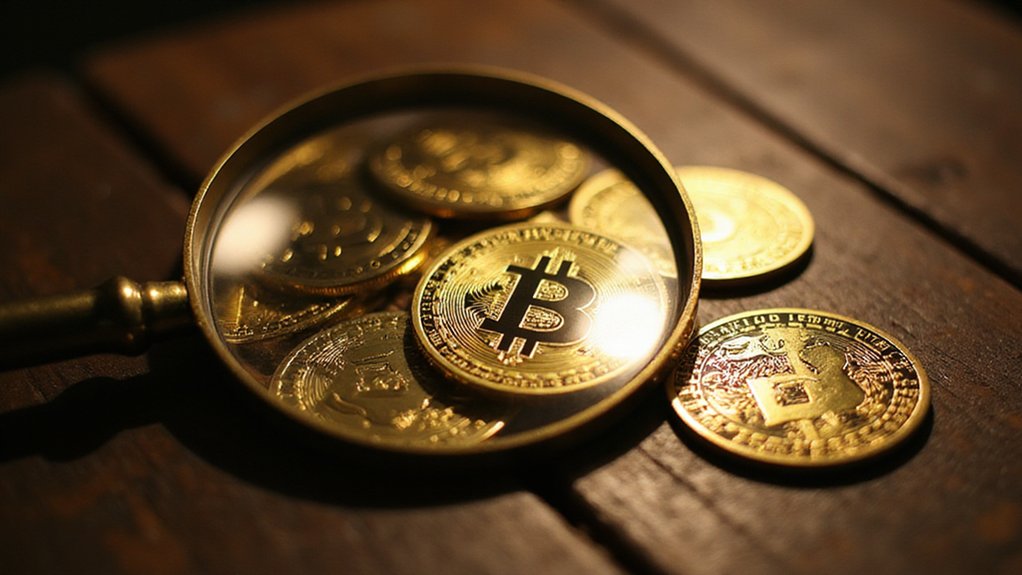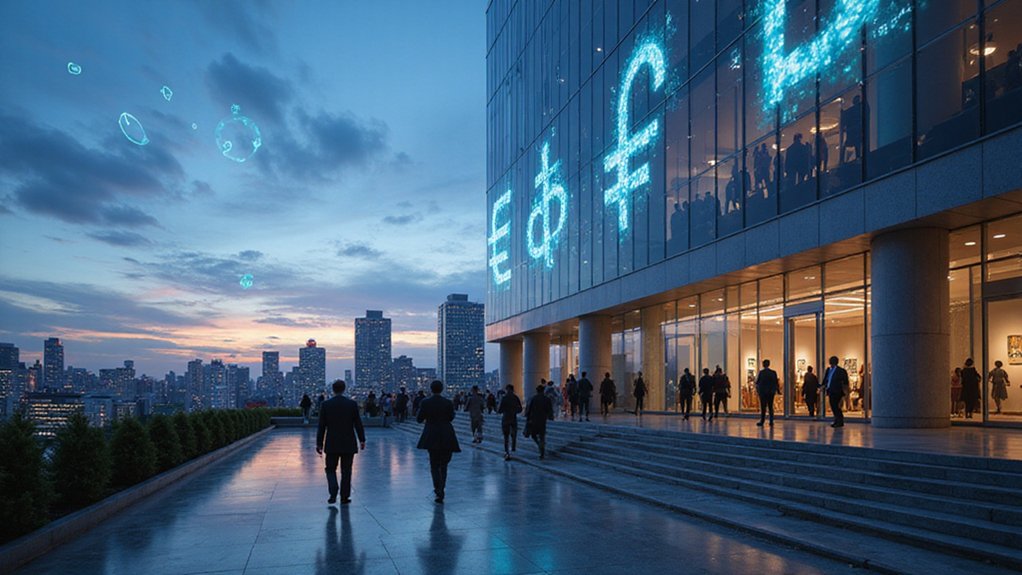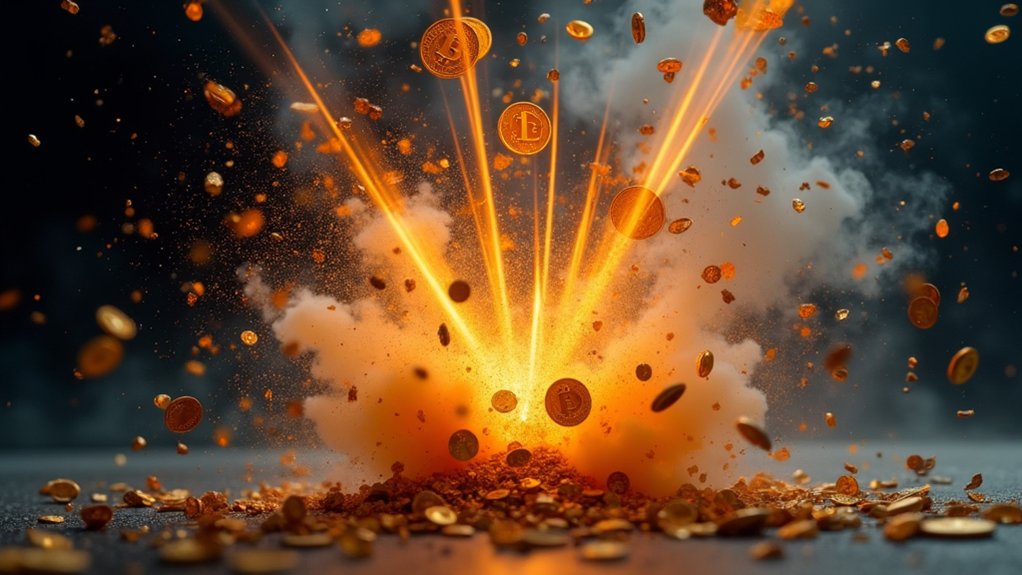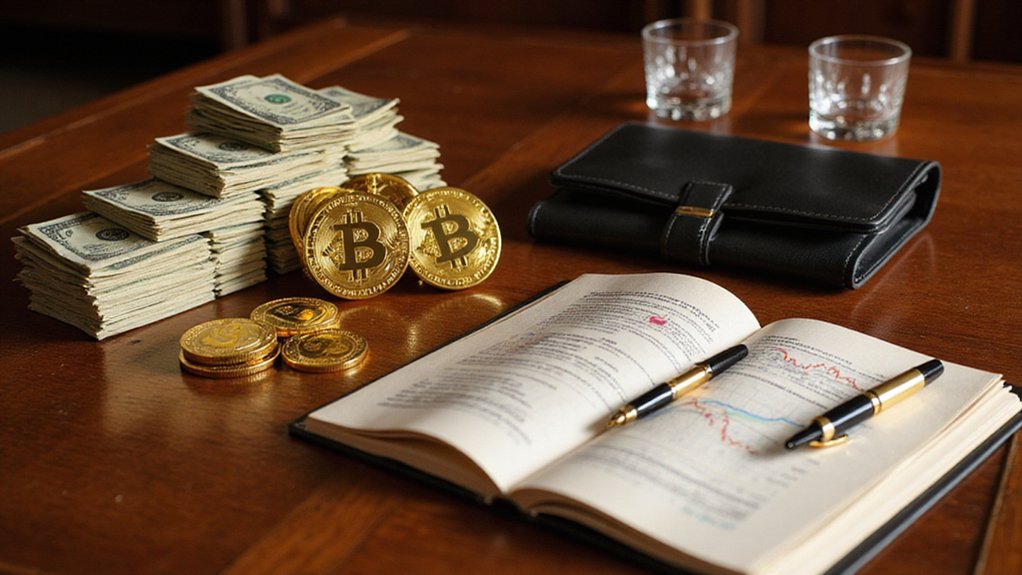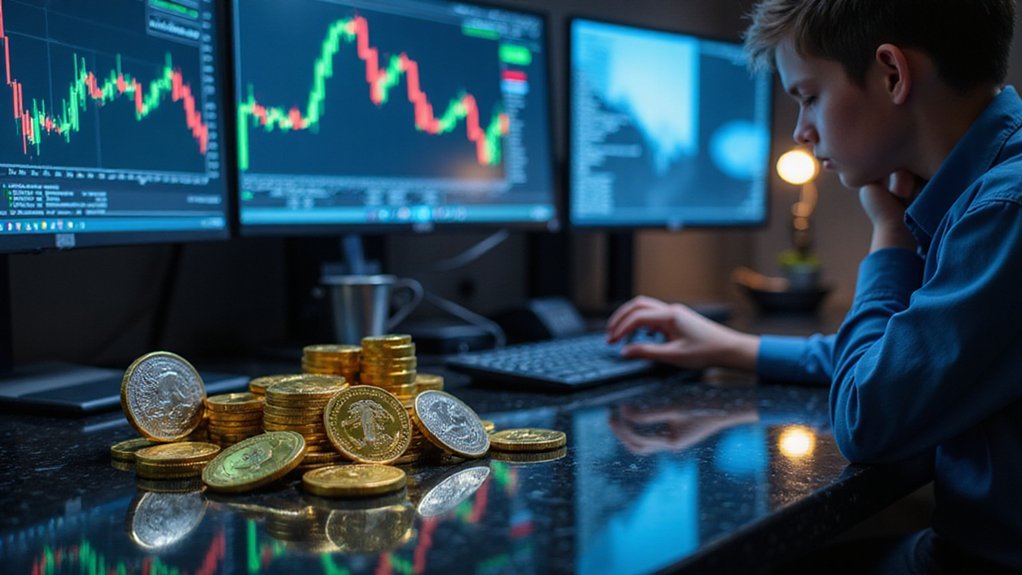While institutional investors continue their predictably cautious dance around Bitcoin‘s latest gyrations, the altcoin landscape for 2025 presents a fascinating tableau of technological ambition colliding with market reality. The question isn’t whether these digital assets will achieve their lofty valuations, but rather which ones possess the fundamental architecture to sustain their astronomical market capitalizations when the inevitable correction arrives.
Hyperliquid emerges as the most intriguing proposition, having already delivered an 82.76% year-to-date return while maintaining a $14.7 billion market cap—a demonstration of its Layer-1 blockchain capabilities that apparently justify its $43.96 price point. The platform’s advanced transaction processing suggests genuine utility beyond speculative fervor, though one wonders whether its billion-token supply cap will prove prescient or merely another arbitrary scarcity mechanism.
Advanced transaction processing meets billion-token scarcity—whether Hyperliquid’s $14.7 billion valuation reflects genuine utility or sophisticated speculation remains the pivotal question.
Monero continues its steady march toward mainstream adoption, posting a respectable 64.66% gain while trading at $319.06. Privacy-focused cryptocurrencies face an interesting paradox: their very utility attracts regulatory scrutiny that could either legitimize or obliterate their market position. The $5.89 billion market cap reflects sustained demand for financial anonymity, despite (or perhaps because of) increasing governmental oversight. The currency’s 18.89% performance demonstrates that anonymity features continue to attract investors seeking transaction privacy.
XRP’s projected range of $1.80 to $4.14 hinges entirely on the resolution of Ripple’s regulatory battles—a reminder that even the most technically sound projects remain vulnerable to bureaucratic whims. With a $178 billion market cap and 50.19% year-to-date gains, XRP‘s cross-border payment infrastructure demonstrates real-world application that transcends speculative trading. The growing adoption of decentralized finance protocols could further expand XRP’s utility, particularly as investors seek complete accessibility without traditional credit checks or institutional approval.
Solana’s approach toward the $270 psychological threshold reflects broader market confidence in high-speed, low-cost blockchain solutions. At $163 with an $88 billion market cap, SOL represents the infrastructure bet for decentralized applications.
Meanwhile, Binance Coin‘s expected $582-$970 trading range correlates directly with the exchange’s expansion—a sobering reminder that many altcoins remain tethered to centralized entities despite decentralization rhetoric.
Cardano’s modest $0.56-$1.81 projection suggests either conservative optimism or recognition that academic rigor doesn’t always translate to market enthusiasm. Emerging players like Stacks and Sui offer compelling narratives, though their success depends on execution rather than promises.
